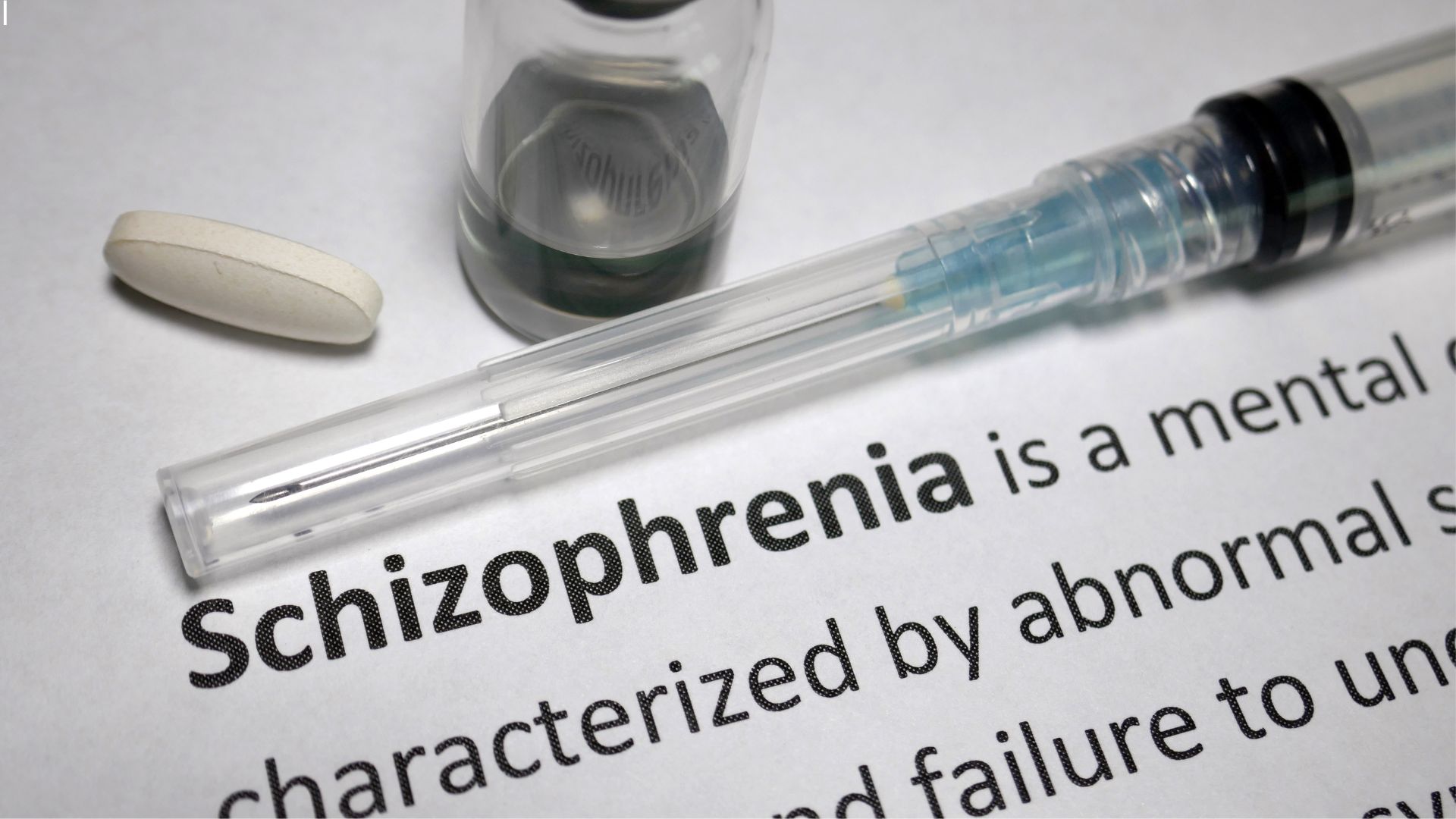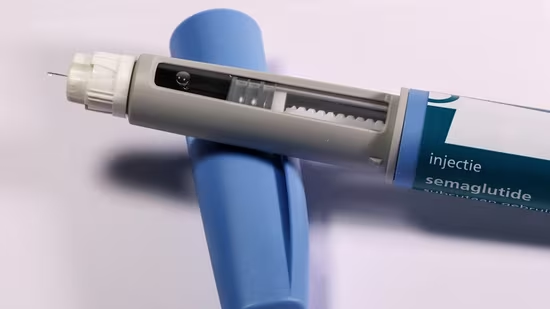Electroconvulsive Therapy (ECT): Separating Myth from Medicine
When people hear the term electroconvulsive therapy—often shortened to ECT—the reaction is usually one of discomfort or concern. For many, the mental image that comes to mind is rooted in outdated and often dramatic portrayals of “shock treatment” from mid-20th-century media. Unfortunately, these depictions do a disservice to one of the most effective and medically advanced treatments in modern psychiatry.
As someone who has been involved in hospital-based ECT over the years, I’ve seen its profound and often life-saving effects firsthand. A few years ago, at a Spravato training, I crossed paths with Dr. Johnston, the Medical Director of Phoenix Mental Health. He had taken the bold step of offering ECT in an outpatient setting—a progressive and inspiring development that I hope to implement in my own practice in the future. For now, I refer clients to trusted providers like Dr. Patel at Eastern Virginia Medical School (EVMS), whose ECT program has helped several of my clients when conventional options fell short.
What is ECT?
Electroconvulsive therapy is a medical treatment in which brief electrical stimulation is delivered to the brain to produce a controlled seizure, under full anesthesia. The procedure is carried out by a team that includes a psychiatrist and an anesthesiologist. It’s performed in a highly monitored and safe environment, either in a hospital or a specialized outpatient setting.
The treatment takes just a few minutes, though patients are monitored before and after for safety. The patient is unconscious during the procedure due to a short-acting anesthetic, and muscle relaxants are used to prevent physical movement during the seizure, minimizing any risk of injury.
Contrary to outdated beliefs, ECT is neither painful nor traumatic for the patient. In fact, it is often the treatment that pulls someone back from the brink when other interventions have failed.
What Conditions Can ECT Treat?
ECT is FDA-approved and clinically validated for several serious psychiatric disorders, including:
- Severe Major Depressive Disorder, especially when accompanied by suicidal ideation or psychotic features
- Bipolar Disorder, particularly during manic or depressive episodes unresponsive to medication
- Schizophrenia, particularly when symptoms are severe or catatonic
- Postpartum Depression, where rapid symptom relief is critical for the safety of both mother and infant
- Catatonia, a rare but serious syndrome where individuals may stop moving, speaking, or eating
ECT is not recommended for personality disorders, substance use disorders, or anxiety disorders unless they coexist with a more severe, treatment-resistant mood or psychotic condition.
Why Choose ECT?
ECT’s therapeutic effects often begin to appear more quickly than those of medications—making it especially valuable in urgent or life-threatening cases. Whereas antidepressants may take 4–6 weeks to take full effect, ECT may provide symptom relief within days to weeks.
A typical course consists of 6 to 12 treatments, administered 2 to 3 times per week. Some patients benefit from maintenance ECT over months or years, spaced out every few weeks, to prevent relapse.
How Safe Is It?
Modern ECT is extremely safe. The procedure is similar in medical risk to minor outpatient surgery. Side effects are generally mild and temporary and may include:
- Headache or nausea post-treatment
- Muscle soreness
- Short-term memory difficulties, most commonly around the time of the treatment sessions
Memory-related side effects are usually transient and resolve over time. Modern advancements in technique—like right unilateral electrode placement, ultrabrief pulse width, and careful titration of electrical dose—help minimize cognitive impact while maintaining effectiveness.
What Does the Research Say?
Numerous studies have established ECT as one of the most effective treatments for severe depression. Recent animal studies published in Biological Psychiatry: Global Open Science highlight fascinating advances in optimizing treatment parameters. Specifically, seizure threshold—the amount of electrical charge needed to induce a therapeutic seizure—is minimized in the 10 to 25 pulses-per-second (pps) frequency range. Lower stimulus requirements can lead to fewer side effects, more efficient treatments, and better overall tolerability.
Researchers also note that Magnetic Seizure Therapy (MST), a newer modality under investigation, may offer similar benefits to ECT with even fewer cognitive side effects—but ECT remains the gold standard for rapid and robust clinical response.
Common Myths—Debunked
Let’s address a few of the common myths that persist:
“ECT causes brain damage.”
In fact, studies show that ECT can stimulate neuroplasticity and increase synaptic connections. It does not cause structural brain damage.
“It’s a last resort.”
Not true. While often used in treatment-resistant cases, ECT is also a first-line treatment in emergencies—especially when time is of the essence.
“It’s painful or traumatic.”
ECT is administered under anesthesia with muscle relaxants. Patients feel nothing during the procedure and typically recover within an hour.
“It wipes out your memories.”
While some short-term memory issues may occur, they are usually temporary. Memory is monitored throughout the course, and parameters can be adjusted to minimize risk.
ECT in Our Community
Here in Hampton Roads, access to ECT is available through Dr. Patel at EVMS. I have referred clients there when rapid intervention was needed, or when they had exhausted medication options with limited success. Seeing someone who was nearly immobilized by depression return to functioning, sometimes within weeks, is nothing short of remarkable.
And as outpatient models continue to evolve—like the one pioneered by Dr. Johnston at Phoenix Mental Health—we move closer to making ECT more accessible, less stigmatized, and more seamlessly integrated into modern psychiatric practice.
Looking Ahead
At South Chesapeake Psychiatry, we are committed to expanding access to the most advanced and evidence-based treatments in mental health. While we currently refer out for ECT, it remains a powerful option we consider for our clients who need rapid relief or who have not responded to conventional treatment.
We also offer innovative treatments like Spravato® (esketamine) for treatment-resistant depression, which—like ECT—is helping to redefine what’s possible for those with chronic mood disorders.
If you or someone you love is struggling with severe, unrelenting depression or another complex psychiatric condition, ECT is worth exploring—not as a last resort, but as a legitimate, life-saving option that has helped countless people reclaim their lives.




